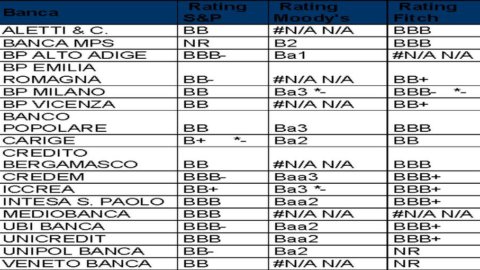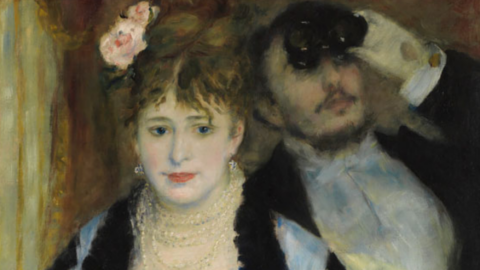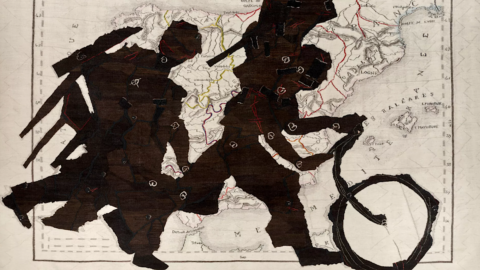La Mudima Foundation, in collaboration with the Opera Gallery in Paris, presents the first solo exhibition in Italy of Sung Hee Cho (Korea,1949), visionary artist who combines Korean craft culture hanji – handmade paper made from the ground leaves of mulberry trees – creating works obtained from a complex relationship between colors and texture.
They are monochromatic works – bright red, soft gray, pure white – with which Sung Hee Cho intends to refer to the best-known artistic movement of Korea of the late XNUMXth century, the “Monochrome Art Movement" which saw promoters artists such as: Lee Ufan (1936), Seo-bo Park (1931) and Young Woo Kwon (1926).
The method used by Sung Hee Cho, is a sort of collage where every single paper element is first cut by hand or delicately torn into small circles and then layered with oil pigments, and finally placed on the canvas by means of tiny rolled paper supports , thus creating a three-dimensional work like a real spring bloom (Hanami), symbol of fragility, but also of rebirth and the beauty of existence.
An aesthetic, that of the Korean artist, where action and meditation, impulse and reason mix with that evocative oriental sensibility which cannot fail to have been influenced by the doctrines of Buddhism and Taoism.
Cho Sung Hee's works have been exhibited and collected in various prestigious private and public institutions including Museum of Contemporary Art (Seoul), Sejong Art Center (Seoul), Telentine Art Center (Chicago), LA Korea Cultural Service (LA), New York Cultural Service (NY), Mutual Aid and Finance Society (Seoul,) Domino Foods, Inc (NY).
La Mudima Foundation has been pursuing for some time a wide-ranging cultural project aimed at intensifying the relationship between Italy and the countries of the Far East, Korea, Japan and China in particular, as evidenced by the exhibition by Nam June Paik curated and organized at Palazzo Reale in Milan in 1990.
The Great Exhibition"Italian” promoted and curated by the Foundation in Japan, in Yokohama (Tokyo) in 1994, united Arte Povera and Transavantgarde for the first time in an absolutely revolutionary project for the contemporary art scene; the Foundation also followed the organization of the Korean pavilion at the 1993 Venice Biennale and the exhibition "Civilization, City and Cars -From Leonardo Da Vinci to Pininfarina” held in Seoul in May 1996. Furthermore, in 1995, in the space of the Venice Municipal Casino, the Foundation created the "Asiana" project, an exhibition that involved Chinese, Japanese and Korean artists.
In the same year, an exhibition of 20 contemporary Korean artists was set up at the Biennale, with the participation of Lee Ufan and Nam June Paik entitled The Tiger's Tail, 20 Korean Contemporary Artists for Venice '95.
In 2015 in Milan on the occasion of Expo, the Foundation organized a major exhibition Monkey-ha, historical Japanese avant-garde group of the second half of the sixties and, in the last two years, the exhibitions of the Korean artist Yoo Bong Sang, the Thai artist Sittiphon Lochaisong alias Bomb and the Japanese artist Katsuro Kimura.





